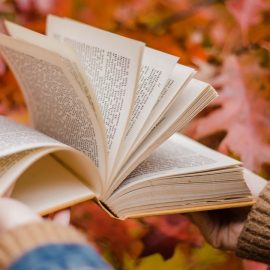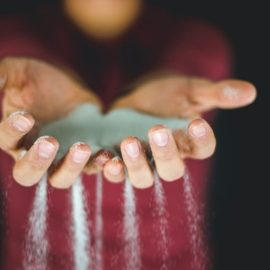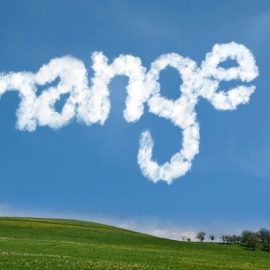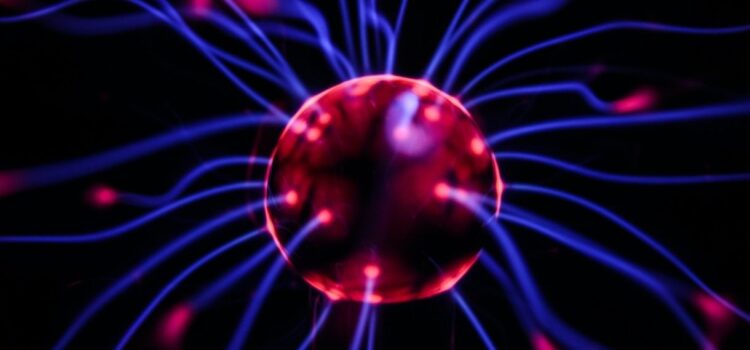
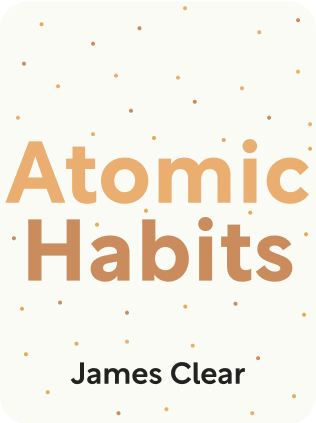
This article is an excerpt from the Shortform book guide to "Atomic Habits" by James Clear. Shortform has the world's best summaries and analyses of books you should be reading.
Like this article? Sign up for a free trial here .
What do we know about the neuroscience of behavior change? What are the brain processes involved in the encoding and reinforcing of habitual behavior?
The neuroscience of behavior change studies the brain processes involved in the formation and modification of behavior patterns. In simple terms, the encoding of new behavior is underpinned by a neuroplastic change in the brain, which is powered by the release of the pleasure chemical dopamine.
Keep reading to learn about the neuroscience of behavior change.
Neuroscience of Behavior Change
All habits create a dopamine spike in the brain. Dopamine is a brain chemical produced when you anticipate pleasure and creates the sensation of desire. Dopamine is also released when you experience pleasure. These two experiences can be considered as wanting versus liking.
The anticipation of pleasure—the process of wanting—is triggered when the brain notices a cue and perceives a reward. At this moment, dopamine spikes and motivates you to act. A similar thing happens when you receive a reward. When something happens that is pleasurable—the act of liking—dopamine spikes to indicate your satisfaction. The only difference is that the system involved in both wanting and liking is wired to be ten times stronger for wanting.
- Consider how much more exciting the days leading up to Christmas were than actual Christmas morning as a child.
- Consider the butterflies felt before a date compared with how it feels to be on the date.
In relation to the neuroscience of behavior change and the stages of habit formation, your body releases dopamine in the following way:
- Reward—The first time you receive a reward, dopamine spikes, indicating your pleasure.
- Cue and Craving—When the same cue is noticed again, dopamine spikes and initiates a craving in anticipation of the reward.
- Response—The anticipation urges you to act, and dopamine remains at a neutral level.
- Reward—When you receive the reward the second time, dopamine does not spike, but stays neutral. This is because the reward was expected and the pleasure experienced less satisfying than anticipated.
- If the reward is not received, dopamine drops from the disappointment.
- If the reward comes later than expected, dopamine drops from the disappointment, then spikes at the relief of finally receiving the reward again.
(Shortform example: The habit formation stages can be seen clearly in drug addiction. The phrase “chasing the dragon” characterizes the difference between wanting and liking. The first time the drug is used and elicits a pleasing sensation, a connection is formed between the drug and pleasure. Each time you are cued to want the same type of pleasure, you will crave the drug. Dopamine spikes in anticipation of the same high as before, but because anticipation now overrides actual pleasure, the result will be less than before. Continuing to chase this high is the essence of habit formation.)

———End of Preview———
Like what you just read? Read the rest of the world's best book summary and analysis of James Clear's "Atomic Habits" at Shortform .
Here's what you'll find in our full Atomic Habits summary :
- The 4 Stages of Habit Formation you can use to transform your life
- How more than half of your daily actions are automatic
- Why some habits stick and why others won't

